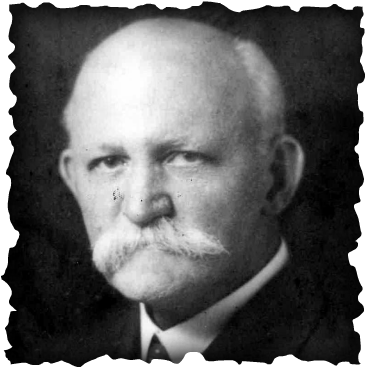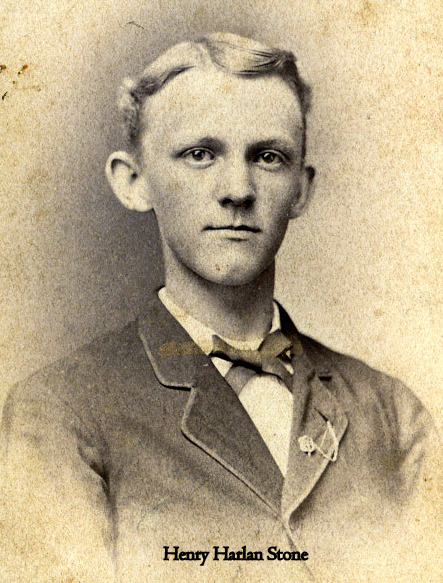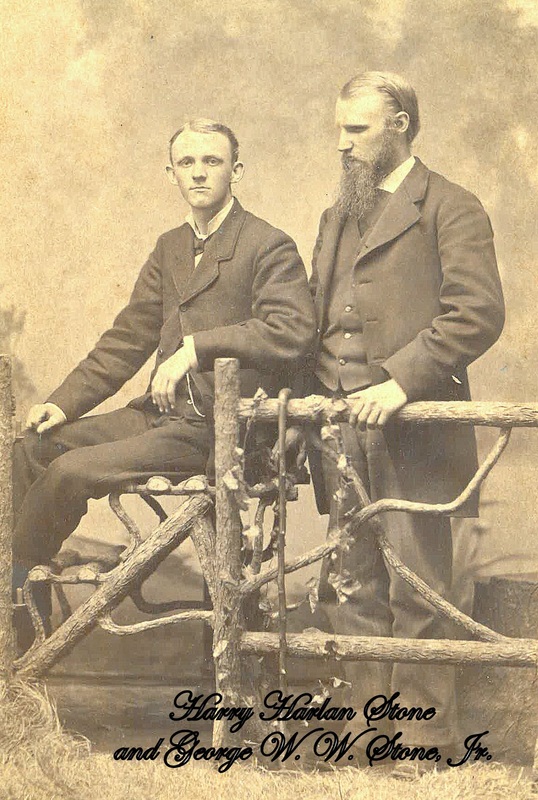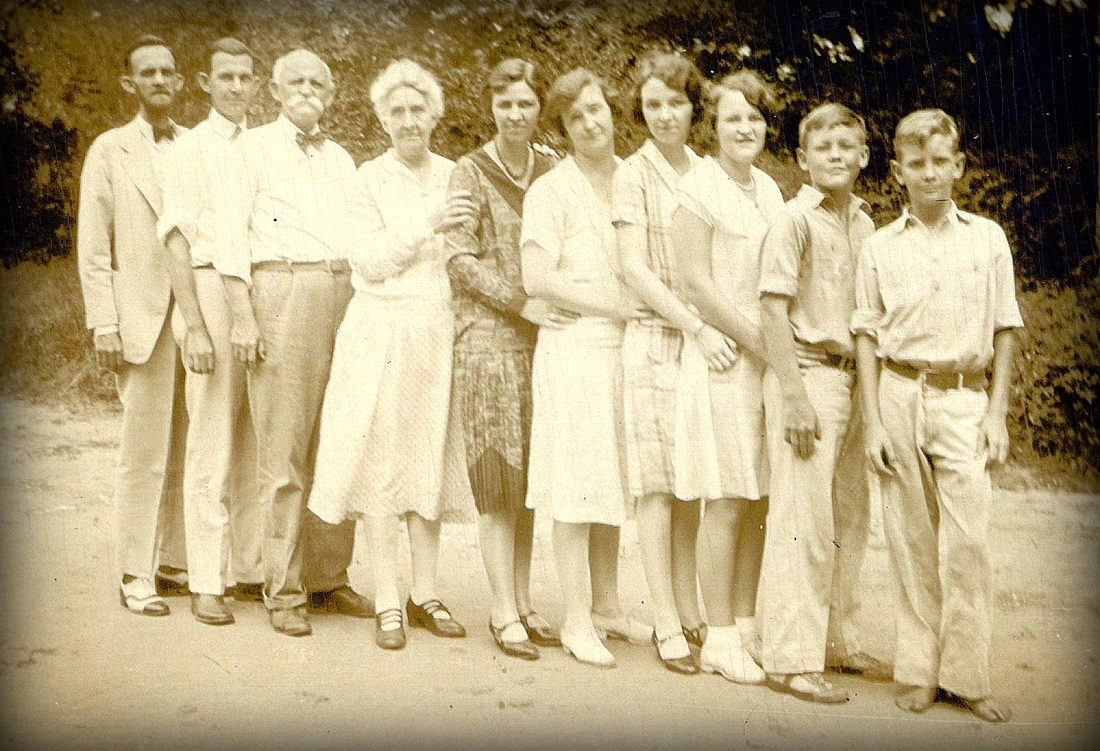Harry Harlan Stone
1861 - 1932

Harry Harlan Stone was the second son to G. W. W. Stone, Sr. He married his cousin, Susan J. Bonnell, daughter of the Rev. John M. Bonnell (President of Wesleyan College) and Mary A. E. J. Morton Bonnell, in 1885 in Oxford. They had six children, two of whom died in childhood.
After receiving his A.B. degree from Emory College in 1880 and his A.M. degree in 1883, Stone did further graduate work at Harvard University. He joined the faculty at Emory College in 1880 as a professor of mathematics. Professor Stone also served as custodian of buildings and grounds, treasurer for the Board of Trustees for 29 years, its secretary for 10 years, and Emory College librarian for 30 years. It was Harry Stone who designed the seal of Emory College.
Many of the important records, material, and memorabilia of the college’s early days were compiled and preserved under his care. The Stone Dormitory on the Emory campus as well as Stone Street in the town were named in his honor.
After receiving his A.B. degree from Emory College in 1880 and his A.M. degree in 1883, Stone did further graduate work at Harvard University. He joined the faculty at Emory College in 1880 as a professor of mathematics. Professor Stone also served as custodian of buildings and grounds, treasurer for the Board of Trustees for 29 years, its secretary for 10 years, and Emory College librarian for 30 years. It was Harry Stone who designed the seal of Emory College.
Many of the important records, material, and memorabilia of the college’s early days were compiled and preserved under his care. The Stone Dormitory on the Emory campus as well as Stone Street in the town were named in his honor.

In addition to the vital roles he played at Emory, he served as chairman of the Board of Education of Newton County from 1890 to 1932, during which time he predicted – and strongly advocated -- the eventual consolidation of public schools. When the Palmer Institute, named in honor of Professor James E. Palmer, was expanded after a fire destroyed the building in 1910, the school was renamed the Palmer-Stone Elementary School in honor of Professor Stone. It was due to his efforts that the school went from a school with two to four teachers to one with ten to twelve. It is Professor Stone’s legacy that Oxford College maintained its ties to Palmer-Stone Elementary School as a designated “partner in education” until Flint Hill was built.
During his tenure as president of the school board, Stone also established a traveling library, the first of its kind in the county. Working with George C. Adams, county school superintendent, the first “school buses” – actually, mule-drawn wagons driven by members of the community -- were put in service. These innovations attracted national attention and, in 1907, Newton won first place in the state for school improvement and was cited by the National Education Association in 1912 as one of Georgia’s two leading county school systems. The following year, State School Superintendent, Dr. M. L. Britain, recognized Newton County schools as having more standardized schools than any other county in Georgia.
When Emory moved to Atlanta and became Emory University, the college in Oxford was re-named, Emory Academy. Following in his family’s tradition of dedication and deep devotion to the college, Professor Harry Stone chose to remain in Oxford as a professor at the Academy saying that we wished to serve “as a link binding the affection of the new to the beauty and excellence of the old Emory.”
During his tenure as president of the school board, Stone also established a traveling library, the first of its kind in the county. Working with George C. Adams, county school superintendent, the first “school buses” – actually, mule-drawn wagons driven by members of the community -- were put in service. These innovations attracted national attention and, in 1907, Newton won first place in the state for school improvement and was cited by the National Education Association in 1912 as one of Georgia’s two leading county school systems. The following year, State School Superintendent, Dr. M. L. Britain, recognized Newton County schools as having more standardized schools than any other county in Georgia.
When Emory moved to Atlanta and became Emory University, the college in Oxford was re-named, Emory Academy. Following in his family’s tradition of dedication and deep devotion to the college, Professor Harry Stone chose to remain in Oxford as a professor at the Academy saying that we wished to serve “as a link binding the affection of the new to the beauty and excellence of the old Emory.”


